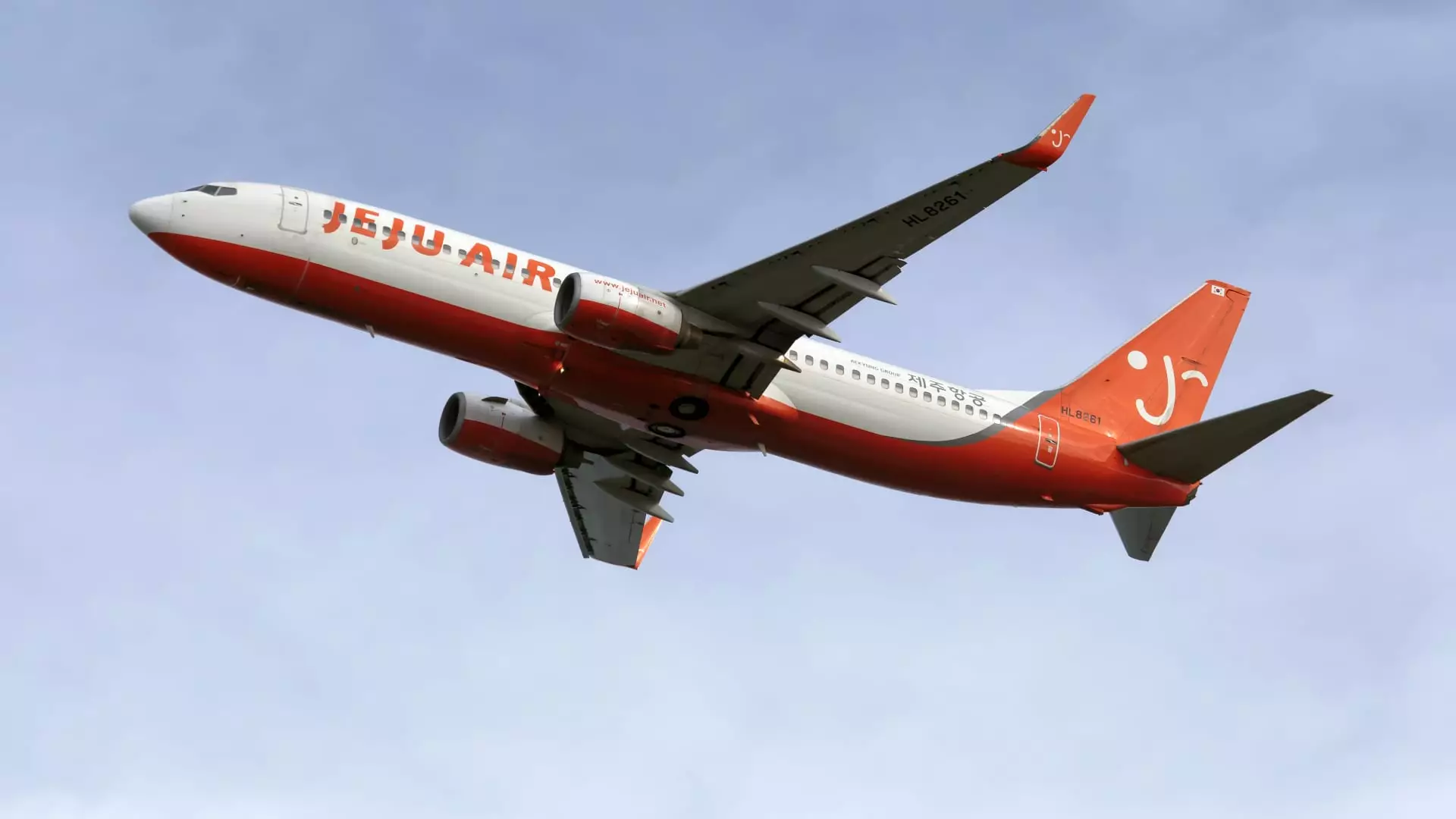The aviation community is shaken by the tragic incident involving Jeju Air Flight 7C2216, which tragically belly-landed at Muan International Airport in South Korea, claiming the lives of 179 of the 181 individuals on board. This calamity marks one of the most severe air disasters in the region’s modern aviation history. Investigators are feverishly working to ascertain the contributing factors behind this disaster, notably focusing on why the aircraft’s landing gear failed to deploy during its final approach.
In the wake of the incident, South Korea’s acting president Choi Sang-mok mandated immediate inspections of all Boeing 737-800 aircraft operating within the nation. This decision underscores the gravity of the situation and the urgent need for transparency and safety in the airline industry. The wreckage of the 737-800, a model known for its reliability and safety record, raises further inquiries regarding potential mechanical failures or operational errors.
The Boeing 737-800 is a staple in global aviation, constituting approximately 17% of the current commercial jet fleet. With nearly 4,400 units operational worldwide and an average age of around 13 years, the model belongs to an older generation of aircraft which has, up until this point, maintained a commendable safety history. The specific aircraft involved in the accident had been in service since 2017 but had previously flown with Ryanair, which adds an additional layer of scrutiny to its history.
Aviation experts are contemplating various theories regarding the variables that contributed to this tragic event. Many emphasize that the possibility of discovering a design flaw in the aircraft is exceedingly low, given its history of safe operation. Richard Aboulafia from AeroDynamic Advisory noted the improbability of uncovering any design-related issues, suggesting that the investigation may instead reveal operational or maintenance missteps in the lead-up to the incident.
The peculiar nature of the belly landing raises critical questions, particularly regarding the crew’s capacity to deploy the landing gear manually—even in the event of a hydraulic failure. One prevailing theory indicates the potential involvement of a bird strike with impact severe enough to disable engine functions during descent. According to Jeff Guzzetti, an experienced air safety investigator, such an occurrence could preclude pilots from executing emergency protocols, adding complexities to the disaster’s unfolding.
Reflecting on the nature of aviation disasters brings to light the importance of industry protocols and the robust structures in place to ensure passenger safety. Guzzetti pointed out that had the aircraft impacted at a different angle or speed, the overall outcome could have shown a significantly higher survival rate. Speculation around mitigating actions—such as avoiding contact with the hard surface at the end of the runway—underscores the unpredictable elements present in critical flight scenarios.
Internationally, the investigation is being led by South Korea, in collaboration with the National Transportation Safety Board (NTSB), Boeing, and the Federal Aviation Administration (FAA). The airline community anxiously awaits the conclusions of this comprehensive investigation, as it will likely have far-reaching implications for safety protocols and operational guidelines across the globe.
As investigators sift through the remnants of Jeju Air Flight 7C2216, a profound sense of loss looms over the affected families and the aviation world at large. The tragedy not only highlights the inherent risks involved in flying but also calls for continuous improvement in safety protocols and emergency response practices. While we often look to the skies with hope and anticipation, events like this remind us of the relentless responsibility that rests on the shoulders of the aviation industry to prioritize safety, transparency, and accountability above all else. With continued diligence, the hope is that the findings of this investigation will lead to enhanced regulations and ultimately, a safer sky for everyone.

